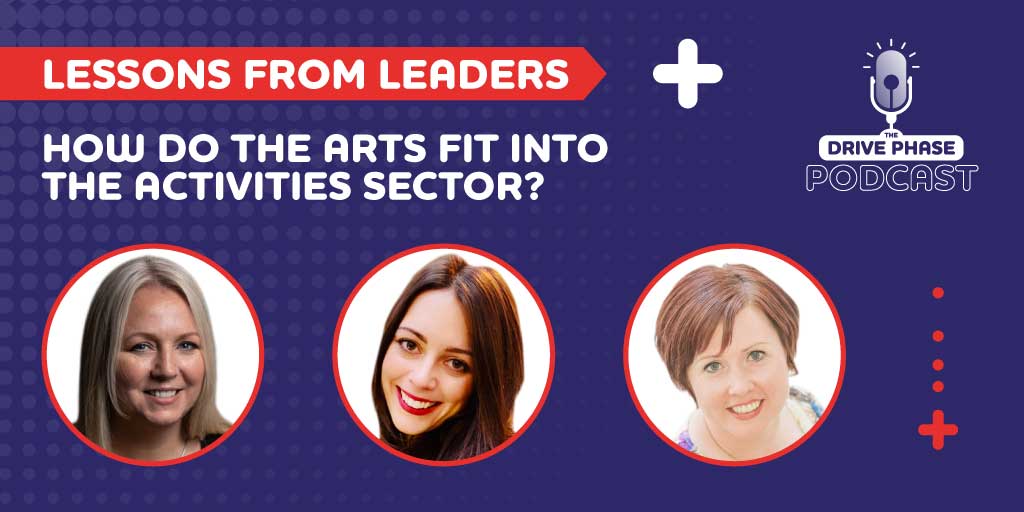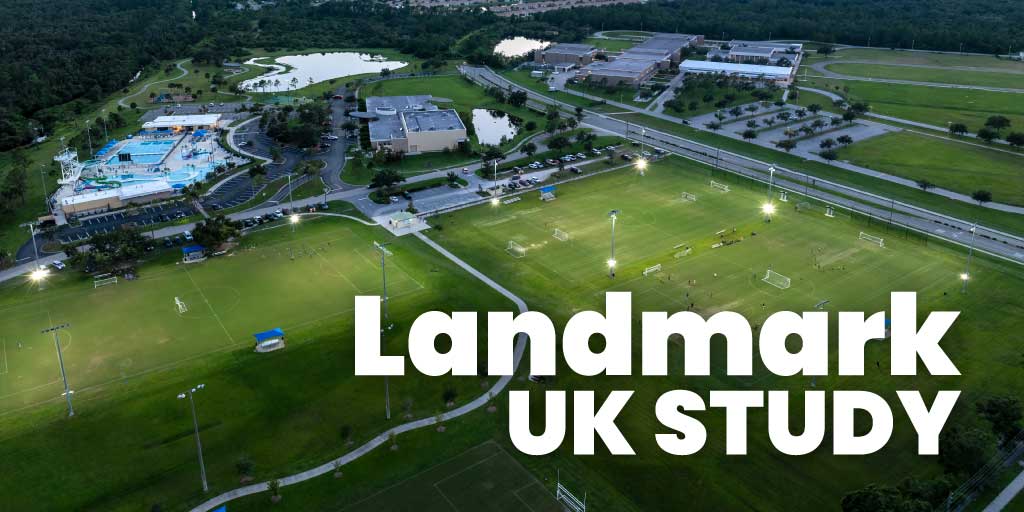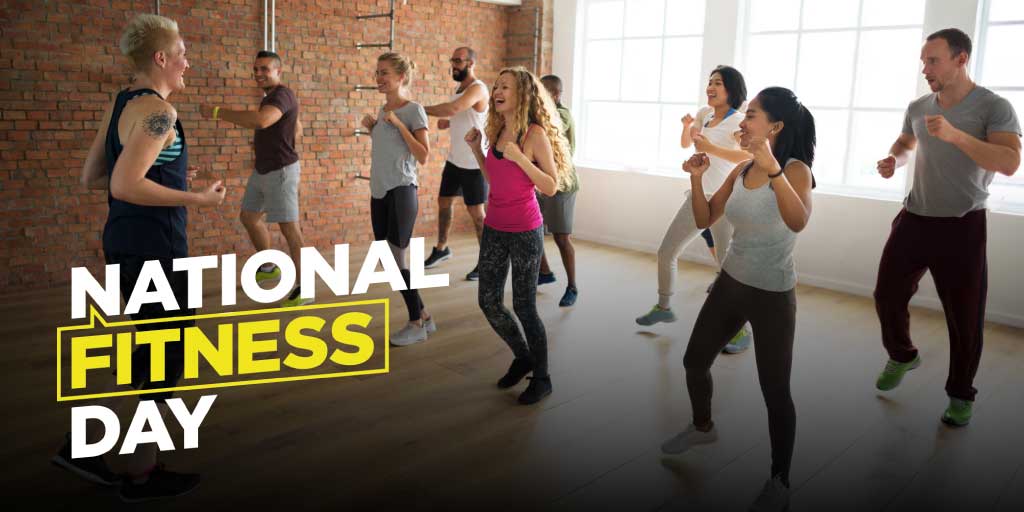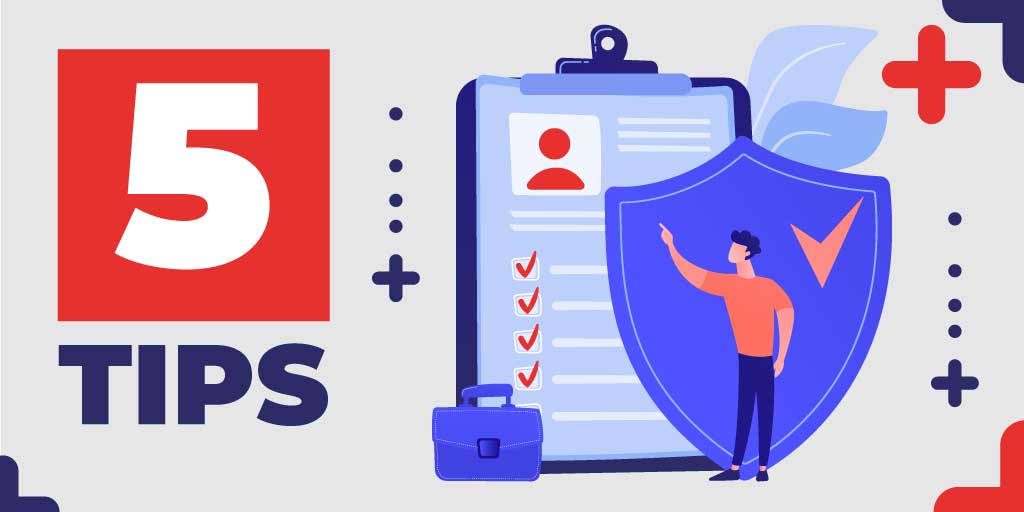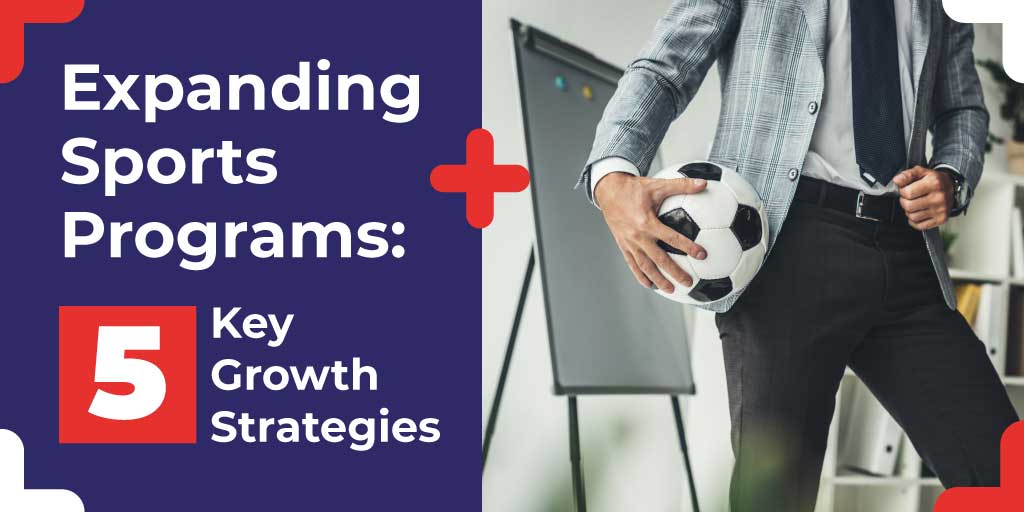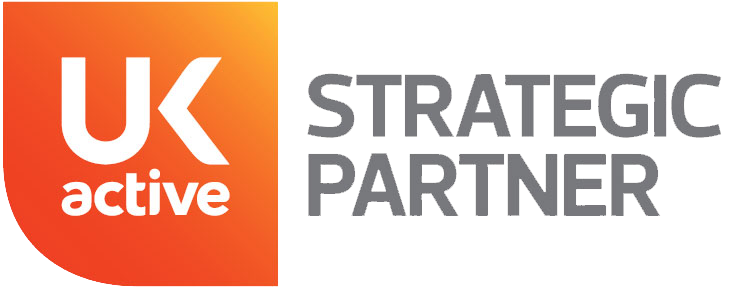How do the arts fit into the activities sector?
Whilst many activity programmes have opportunities for children and young people to engage in dance and drama, James Moore, host of The Drive Phase, decided to look closely at how organizations that specialize in these areas have worked and thrived.
The worlds of performing arts and sports may seem distinct, yet they share numerous parallels that foster valuable opportunities for sports coaching programs. Integrating elements of performing arts into sports coaching can provide participants with new opportunities for mental and physical health.
This cross-disciplinary fusion can yield significant benefits, enhancing both the physical and mental aspects of athletic performance. Let’s explore how performing arts and the organizations that represent them can create positive opportunities for sports coaching programs.
1. Enhancing physical coordination and movement
Performing arts disciplines such as dance, theatre, and music require precise physical coordination, timing, and movement. These can expand a participant’s skills in sport and allow them an opportunity to use their bodies in creative ways. Incorporating dance or movement exercises into sports training can help athletes develop better body awareness, agility, and coordination.
Example: Your coaches can provide an opportunity to enhance your participant’s agility and reflexes by including dance or cheerleading in your sports coaching program.
2. Fostering creativity and innovation
Participants who are learning performing arts skills benefit from creativity and the ability to think outside the box. Encouraging creative expression through the arts can lead to innovative strategies and techniques in sports. In games, coaches can use arts-based activities to stimulate creativity, leading to more dynamic and unpredictable gameplay.
Example: Coaches can improve flexibility and coordination by incorporating dance exercises into warm-ups and cool-downs. They can improve a participant’s enjoyment in their program by increasing their range of movement, session-on-session.
3. Improving teamwork and communication
Performing arts activities can also improve communication and teamwork. It’s not just reserved for team sports. Ensemble work in theatre and dance requires participants to work closely together, communicate effectively, and synchronize their efforts. It’s also a great opportunity to use the skills in sport or performing arts interchangeably.
Example: Coaches can use theatre games and improvisation exercises as team-building activities. These exercises can foster better communication, trust, and camaraderie among team members.
→ Jo Scalpello on famous alumni
→ Tilly James on when a student doesn’t enjoy it

Stagecoach is an international franchise with six countries under its expansive belt. Global Marketing Director Jo Scalpello and the Principal of a Stagecoach franchise, Tilly James, discussed how physical activity through performance was essential for teaching children and young people courage. Jo Scalpello added:
“You can teach and teach and teach, but the only way that students consolidate everything they’ve learned is by performing. We raise expectations about how they stand and perform on stage because there’s a difference between knowing your lines in a safe environment and performing your lines on stage.”
4. Providing emotional outlet and stress relief
Participating in performing arts can offer participants a healthy outlet for emotional expression and stress relief. The arts provide a space for creativity and emotional release, which can be particularly beneficial for young people and adults dealing with the pressures of school, competitions and general life.
Example: Teach athletes and children visualization techniques that can help them unwind or in the case of competitions, to visualize their desired outcome and the steps they need to take to achieve it.
→ Anna Kenrick on how impactful dance can be

Ydance is a unique organization encouraging both traditional dance in Scotland and creative expression through dance. Anna Kenrick, Artistic Director, spoke about the unique pressures of getting dance onto the school curriculum. This is where organizations like Ydance advocate dance as a form of activity and self-expression, offering classes and direction.
“In England, there has been a real push to retain teachers with a specific dance background, but in Scotland, it’s the PE teacher. They may have some relevant recent skills from their teen years, but for the most part, they’re PE teachers with that specific skill set.”
5. Creating engaging and diverse training programs
Incorporating performing arts into sports coaching can make training programs more engaging and diverse. This variety can prevent burnout and keep participants motivated throughout the day.
Example: Coaches can incorporate dance movements into warm-up and cool-down routines.
Conclusion
The integration of performing arts into sports coaching programs opens up a world of opportunities for enhancing participation. Embracing the synergy between performing arts and sports coaching is a forward-thinking strategy that can lead to innovative breakthroughs and lasting success in the lives of your participants.
To find out more about how The Drive Phase engages organizations across the activities sector, tune in to the show anywhere you listen to your favourite podcasts. Why not check out our video snippets on YouTube? Get daily slices from the show and subscribe to get your daily fix!

